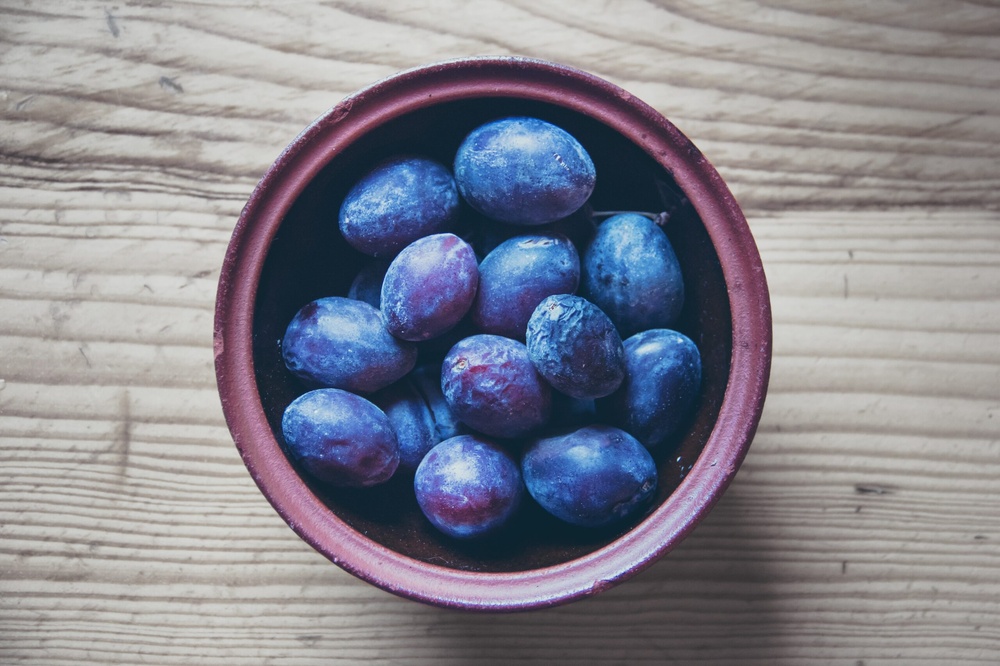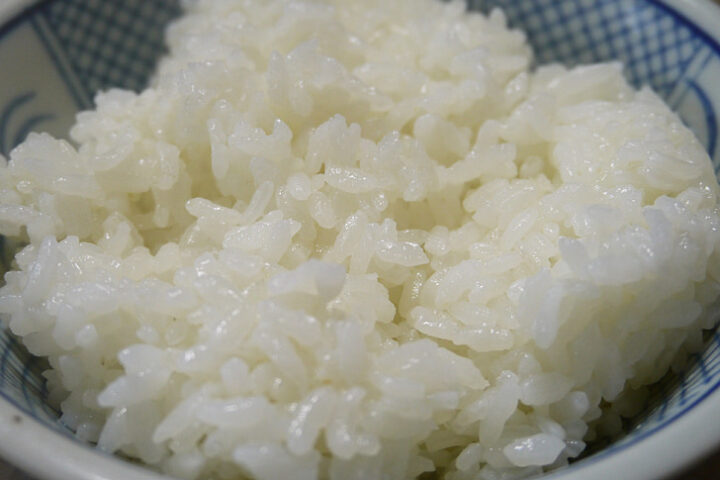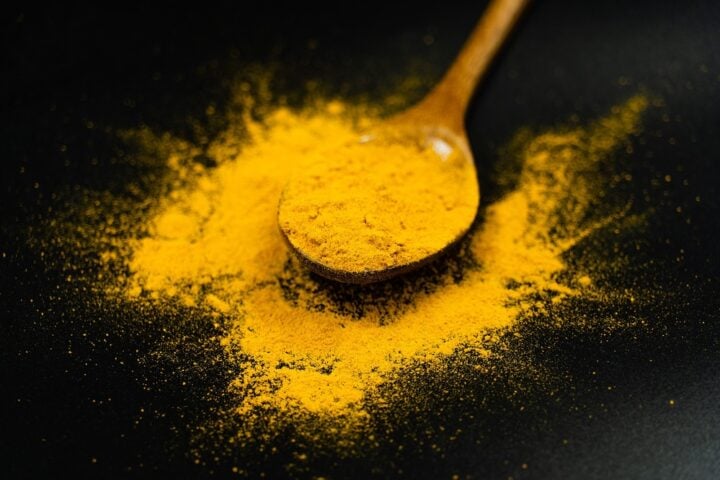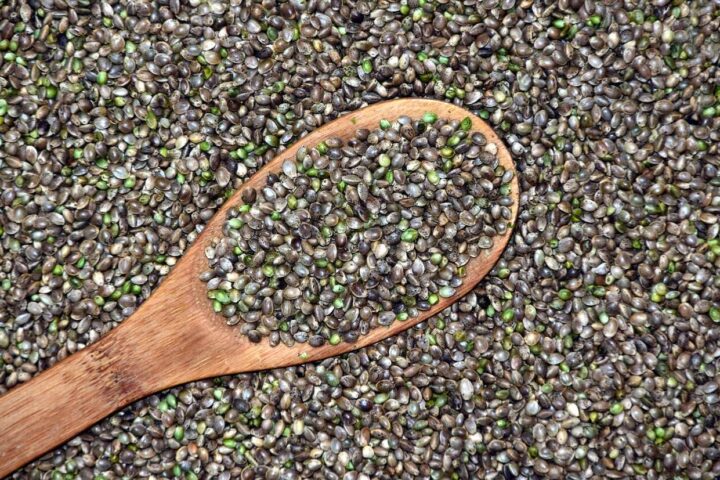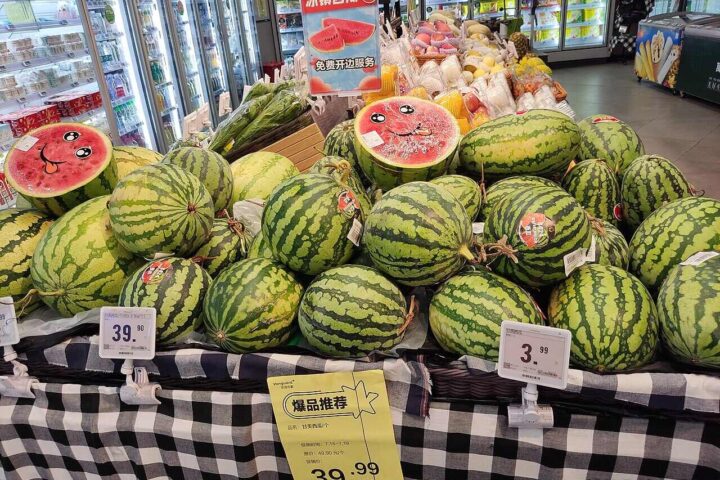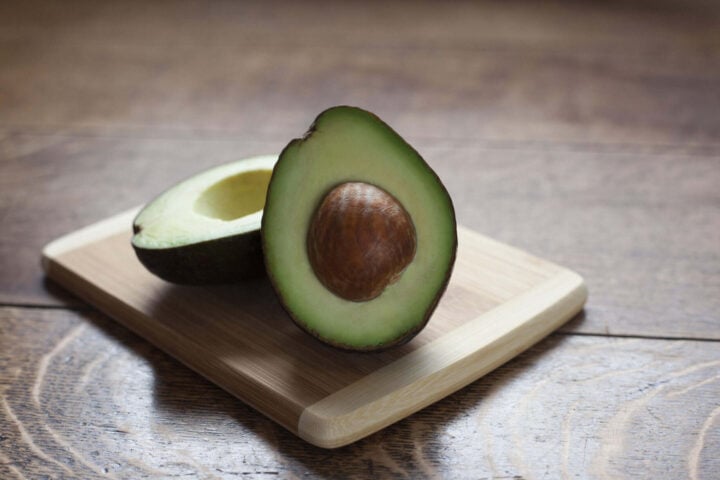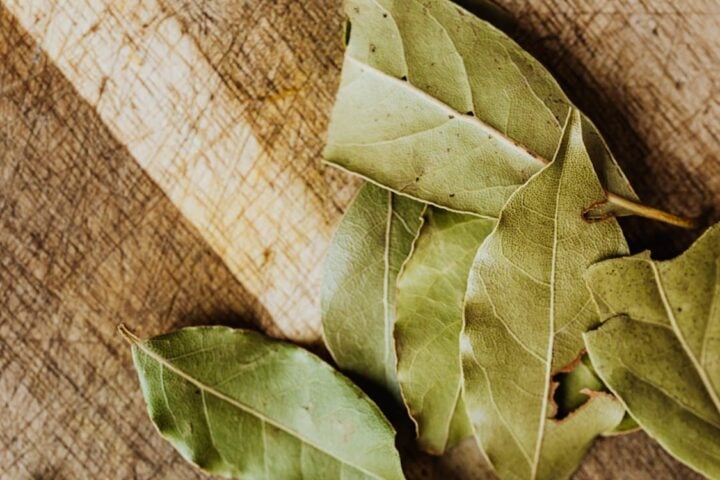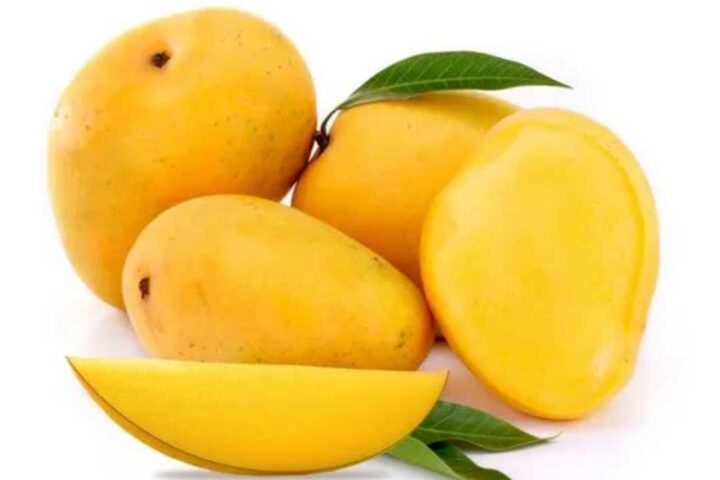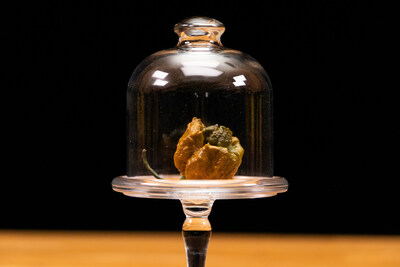Ah, the Java Plum! is not just a fruit; it’s a tale that originates from the lush landscapes of the Indian subcontinent and seamlessly weaves through the culinary and cultural narratives of South Asia. Imagine walking through the sprawling plains of India, from the majestic Himalayas to the vibrant landscapes of southern India, where the Java Plum trees stand tall, whispering stories of the regions they have witnessed.
A Global Traveler
While its roots lie in India, Bangladesh, Burma, Nepal, Pakistan, Sri Lanka, and Indonesia, the Java Plum has also traveled to distant shores, finding new homes in Malaysia, and even as far as Florida and Hawaii in the United States. It’s a fruit that has gently made its presence felt globally, sharing its sweet and sour tales with the world.
Historical and Cultural Significance
A Sacred Presence
In the tranquil temples across southern Asia, the Java Plum tree stands sacred, revered by Buddhists and Hindus alike. It’s not merely a tree but a spiritual entity, often planted around Hindu temples, whispering ancient tales associated with Lord Krishna’s colour. It’s a silent spectator of prayers, celebrations, and serene moments of reflection.
A Culinary Journey
The Java Plum doesn’t just stop at being a spiritual symbol; it embarks on a culinary journey, from being savored fresh off the branches to transforming into juices, sauces, jams, and preserves. Imagine the fermented fruits, gently aging, eventually pouring into glasses as fine wine or blending into a tangy vinegar, narrating tales of the lands and hands that crafted them.
A Medicinal Marvel
This dark, luscious fruit, often spotted in the vibrant markets of India, Bangladesh, and Indonesia, is not just a sweet treat to beat the tropical heat but a tiny powerhouse of wellness, deeply embedded in the rich tapestry of South Asian culture and traditional medicine.
Similar Posts
A Sweet Remedy for Diabetes?
The seeds of these plump, purple-black fruits are not merely seeds but vigilant soldiers in the fight against diabetes. They contain phytochemicals like jambosine and glycoside jamboline, which inhibit the conversion of starch into sugar, acting as nature’s sugar police. It’s akin to indulging in a dessert that subtly watches over your sugar levels!
The Antioxidant Powerhouse
As you stroll through the bustling streets of South Asia, vendors present baskets of glistening Java Plums, a snack that’s tantalizing to the taste buds and a shield against oxidative stress. Packed with anthocyanins and polyphenolic compounds like ellagic acid, these fruits are warriors, battling free radicals and safeguarding our cells.
A Fruitful Defense Against Cancer
Ellagic acid takes a step further, playing a crucial role in inducing apoptosis, a self-destruct sequence for cancer cells, and inhibiting the proliferation of potential threats to our body, making Java Plum a silent guardian against cancer.
A Liver’s Best Friend
Java Plum wholesomely promises hepatoprotective effects. Its antioxidants protect the liver from oxidative damage, while its anti-inflammatory properties ensure that our liver stays in a peaceful, healthy state.
A Symphony of Nutrients
Java Plum is a symphony of nutrients, offering Vitamin C, essential minerals, and dietary fiber, playing a harmonious tune that promotes overall health, radiant skin, and a happy gut!
A Heartfelt Contribution to Cardiovascular Health
The potassium in Java Plum gently balances our blood pressure, and its antioxidants whisper promises of safeguarding our cardiovascular health.
Nutritional Content
Java Plum is not only delicious but also nutritious. Here’s a breakdown of its nutritional content per cup (135g):
- Total Calories: 81 Cal
- Fat Calories: 2.6 Cal
- Total Fat: 310 mg (0% DV)
- Cholesterol: 0 g (0% DV)
- Sodium: 19 mg (1% DV)
- Total Carbohydrates: 21 g (7% DV)
- Protein: 1 g (2% DV)
- Vitamin C: 19 mg (32% DV)
- Calcium: 26 mg (3% DV)
- Iron: 257 μg (1% DV)
- Magnesium: 20 mg (5% DV)
A Cautionary Note
Java Plum also whispers a cautionary tale, where overconsumption might lead to minor body aches and a potential risk of hypoglycemia for diabetic individuals, reminding us of the importance of balance.
Preserving the Goodness
- Refrigeration: Storing Java Plum in the refrigerator extends its freshness, ensuring they are stored in a breathable bag or container to prevent spoilage.
- Freezing: Deep-freezing Java Plum, especially after pitting them and storing in airtight bags, preserves their flavor and prevents freezer burn.
- Canning: Creating jams, jellies, and preserves captures the essence of Java Plum, allowing you to enjoy its unique flavor throughout the year.
A Toast to Tradition
Java Plum transforms into delightful wines and spirits in the cozy kitchens of South Asian homes, preserving age-old traditions and recipes passed down through generations.
Culinary Creations
From jams, jellies, and desserts to savory sauces, Java Plum lends itself beautifully to a range of culinary creations, offering a burst of flavor and color to dishes.
Practical Tips for Enjoying Java Plum
- Storing and Cleaning: Ensure that the Java Plums are dry and free from bruises or cuts to prevent premature spoilage during refrigeration.
- Digestive Aid: The fiber content in Java Plum aids digestion and can help prevent constipation.
- Seed Utilization: The seeds of Java Plum, when dried and powdered, have been traditionally used in Ayurvedic medicine to manage diabetes.
Beyond the Culinary World
But the Java Plum doesn’t limit itself to the culinary world. Its bark, dark and robust, secretes a dye and tannin, used traditionally in tanning leather and preserving fishing nets, silently becoming a part of the daily lives of the local communities. The wood, sturdy and resistant to water, finds itself shaping into railway sleepers and crafting furniture, narrating tales of journeys and homes.
Pro Tips for Culinary and Cultural Pathways
A Clean Start: Ensuring Every Bite is Safe and Fresh
Thorough Rinsing: Let the water cascade over the Java Plums, washing away the residues and ensuring that every bite you take is as pure as it is flavorful.
Baking Soda Bath: A gentle soak in a baking soda mixture, a little spa treatment, ensures that they are thoroughly cleansed, ready to be savored safely.
A Symphony of Culinary Adventures
Peel Power: The peeled Java Plum can be freezed allowing you to sprinkle their zest onto your dishes, desserts, and smoothies, all year round, adding a burst of freshness whenever you desire.
A Toast to Tradition: Brewing, Fermenting, and Beyond
Homemade Wine/Spirit: The indigenous have mastered the art of crafting the rich, deep purple hue of Java Plum into exquisite homemade wine and spirits. The spirit of Java Plum, distilled and nurtured through generations, carries bold, fruity notes – a unique concoction that can elevate gatherings and celebrations. It encapsulates not only its vibrant flavor but also the traditions of fermenting this splendid fruit into a sweet, intoxicating nectar, passed down through generations.
Seeds of Wellness: A Hidden Trove of Medicinal Wonders
Medicinal Marvel: The seeds, often overlooked, have whispered through the annals of traditional medicine, especially in managing diabetes. A powder made from dried seeds, used judiciously, can be a secret weapon in your wellness arsenal.
Preserving the Sweetness: A Guide to Savoring Every Bite
Chill and Save: The simple act of refrigerating Java Plums can be your ticket to enjoying their sweet-tart goodness for a little longer, ensuring that their freshness is locked in, ready to be unleashed with every bite.
Freeze for the Future: Deep-freezing the peels, a treasure often unnoticed, allows you to weave their essence into your culinary creations, ensuring that no part of this wonderful fruit goes unnoticed.
A Digestive Delight: A Sweet End to Every Meal
Post-Meal Treat: Let the Java Plums dance on your palate after meals, not just as a sweet treat, but also as a gentle aid to your digestion, wrapping up your meal with a healthful bow.
Cultivation and Harvesting
a. Geographical Cultivation
- Tropical and Subtropical Growth: Java Plum thrives in tropical and subtropical climates, making it a prevalent fruit in regions like India, Indonesia, and Sri Lanka.
b. Soil and Climate Requirements
- Soil and Watering: The tree prefers well-drained soils and requires regular watering, especially during the growing and fruiting seasons.
c. Harvesting
- Seasonal Harvest: Java Plum is typically harvested during the summer months, and the fruit is often handpicked from the trees.
Note: Java Plum or Jamun as it’s warmly known in South Asia, quietly weaves a tale of swift and subtle expansion. While we cherish its sweet offerings in our kitchens and traditional medicines, it’s gently knitting its roots into new territories, sometimes overshadowing local greenery. In places like the sunny state of Florida and distant islands in the Pacific and Caribbean, the Jamun doesn’t just grow; it quietly conquers, nudging out native plants with its robust and adaptable nature. Birds and wildlife, charmed by its fruits, unknowingly sow its seeds far and wide, contributing to its gentle invasion. So, while we indulge in its lush, purple fruits, it’s essential to plant and enjoy with a dash of caution, ensuring our local ecosystems continue to blossom in their diverse glory
